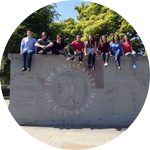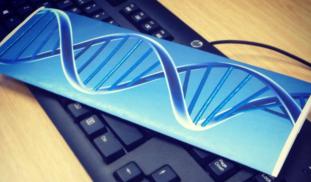Please wait...
About This Project
By 2040, we will exhaust the materials needed to store digital data; creating a desperate need to find novel storage methods. Our team, BabblED, has the solution.
We are creating a cheap, modular system for encoding text in DNA. Our method is sustainable, requiring no energy to store, and ensures your data will survive for thousands of years. Our new encryption system will protect your data from harm.
Our 'DNA Typewriter' will revolutionize the future of data storage.
More Lab Notes From This Project

Browse Other Projects on Experiment
Related Projects
Engineering carbonation catalysts for scalable carbon removal within our built environment
Concrete, produced at 40 gigatons annually, can naturally soak up CO2 to form a scalable, durable and verifiable...
Designing ultrastable carbonic anhydrase with deep generative models and high-throughput assays
To minimize the impact of CO2 emissions on life on earth, we need technologies for carbon capture exceeding...
How accurate is lyrebird vocal mimicry?
Lyrebirds are some of the world’s best vocal mimics and can accurately copy dozens of species in their Australian...


